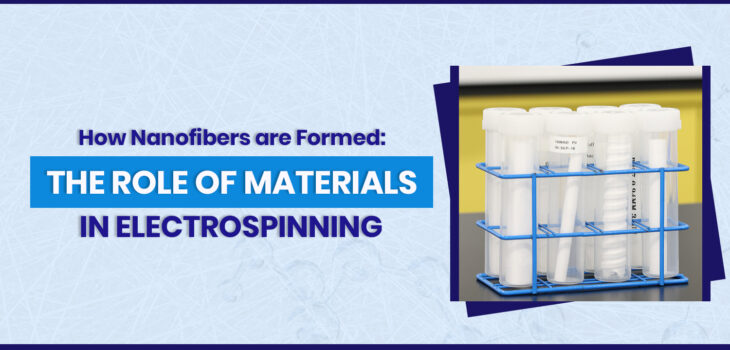 Technology
Technology
How Nanofibers Are Formed: The Role of Materials in Electrospinning
- by norman360
In the rapidly advancing field of nanotechnology, nanofibers are emerging as critical components in various industries—from healthcare and filtration to energy storage and electronics. A widely adopted technique for producing these ultrafine fibers is electrospinning, which relies heavily on the choice of materials to determine the quality, structure, and functionality of the resulting nanofibers. At Matregenix, understanding and optimizing material selection for electrospinning is at the core of developing next-generation nanofiber solutions.
What Is Electrospinning?
Electrospinning is a versatile and cost-effective technique that uses electrostatic forces to produce fibers with diameters ranging from nanometers to a few micrometers. The process involves a high-voltage electric field applied to a polymer solution or melt, which causes a jet to be ejected from the tip of a syringe or spinneret. As the solvent evaporates or the melt cools, a solid fiber is deposited on a grounded collector, forming a nanofiber mat.
While the setup may seem straightforward, the successful formation of nanofibers depends greatly on the properties of the materials used particularly the polymer and the solvent.
The Role of Polymers in Electrospinning
The choice of polymer is arguably the most crucial factor in electrospinning. A polymer must have certain characteristics to form continuous, stable nanofibers:
-
Molecular Weight: A polymer must have sufficient molecular weight to provide the necessary chain entanglement for fiber formation. Low molecular weight polymers often result in droplets or beaded fibers instead of smooth, continuous ones.
-
Viscosity: The viscosity of the polymer solution influences the ease with which the solution can be stretched into fibers. Too low, and the jet breaks up into droplets (electrospraying); too high, and it may clog the nozzle.
-
Conductivity: A higher conductivity in the solution helps the polymer jet respond better to the applied electric field, improving fiber formation. Conductivity can be enhanced by adding salts or using intrinsically conductive polymers.
At Matregenix, we carefully tailor polymer selection for specific applications, whether it’s biodegradable polymers for medical implants or high-performance polymers for filtration membranes.
Solvents: The Invisible Heroes
Solvents play a vital but often overlooked role in electrospinning. They dissolve the polymer and influence solution properties like viscosity, surface tension, and volatility. Key considerations for solvents include:
-
Volatility: A volatile solvent is necessary so that it can evaporate quickly as the jet travels toward the collector, ensuring solid fiber formation.
-
Solubility: The solvent must adequately dissolve the polymer to form a homogenous solution.
-
Toxicity and Safety: In large-scale production, non-toxic and environmentally friendly solvents are preferred to ensure safety and sustainability.
By optimizing solvent systems, Matregenix ensures efficient fiber production while maintaining environmental compliance and operator safety.
Additives and Composite Materials
To enhance functionality, additives such as nanoparticles, drugs, or other active agents can be incorporated into the polymer solution. These additions must be compatible with the polymer and solvent system to avoid issues like phase separation or nozzle clogging.
Composite nanofibers created by blending different polymers or introducing reinforcing materials—can provide superior mechanical strength, electrical conductivity, or targeted biological activity. For instance, in biomedical applications, Matregenix develops nanofibers with embedded bioactive molecules for controlled drug delivery or wound healing.
Precision in Material Engineering
At Matregenix, we believe the success of any nanofiber application begins with precision in material selection. Each project undergoes a rigorous screening process to identify the ideal combination of polymers, solvents, and functional additives to meet specific performance goals. Whether it’s a high-surface-area membrane for filtration or a scaffold for tissue regeneration, the right materials make all the difference.
Conclusion
Nanofiber formation through electrospinning is as much an art as it is a science, with materials playing the starring role. By carefully selecting and engineering polymers, solvents, and additives, companies like Matregenix are shaping the future of advanced materials. As the demand for nanofiber-based solutions grows across industries, mastering the role of materials in electrospinning will remain key to innovation and success.








